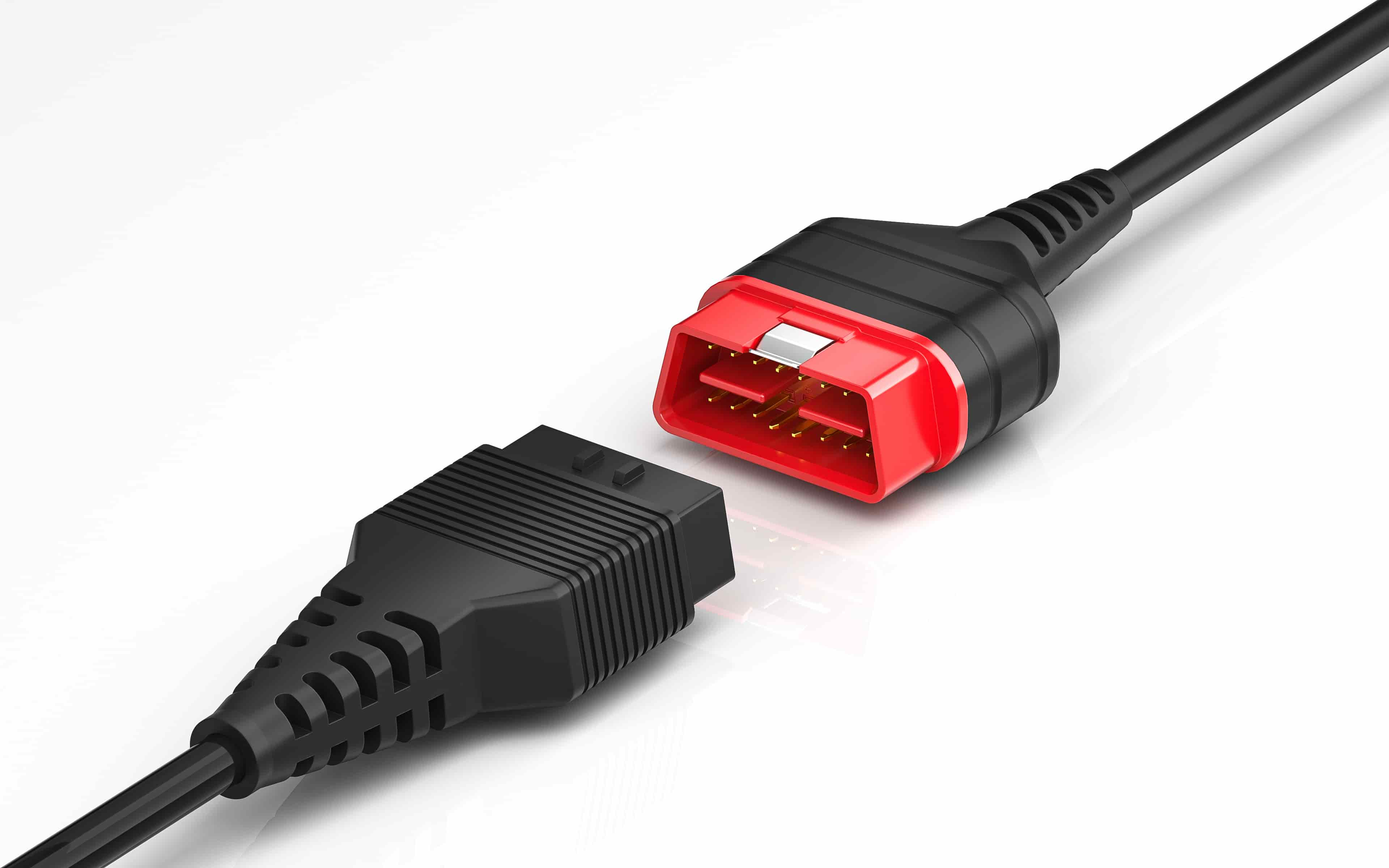In the construction of new energy vehicles, automotive connectors are crucial components, mainly composed of contact bodies, insulators, shells, and accessories. With the working voltage of new energy vehicles jumping from the traditional 12V to 400V, stricter requirements have been put forward for the connectors used in cars and charging facilities.
1、 Security requirements
New energy vehicles are mainly driven by electricity, so the safety of automotive connectors is the most critical point. This includes preventing electric shock in high current and high voltage environments, preventing electromagnetic interference in high-power equipment, as well as preventing abnormal temperature rise and ensuring material stability. In order to meet these safety requirements, new energy vehicle connectors require special design and development.
2、 Transmission capability requirements
With the continuous upgrading of automotive entertainment systems, the high-speed data transmission function of new energy vehicle connectors has become increasingly important. For example, some car models install cameras on the reversing mirrors to provide a wider field of view, which sets higher standards for the data transmission capability of the connectors.
3、 Life expectancy requirements
The plug-in life of traditional automotive connectors is relatively short, usually losing its effectiveness after 3-5 years. However, the service life of new energy vehicles can reach 10-20 years, so the lifespan of their connectors must match the lifespan of the vehicle to ensure stable and reliable performance over a period of more than ten years.
